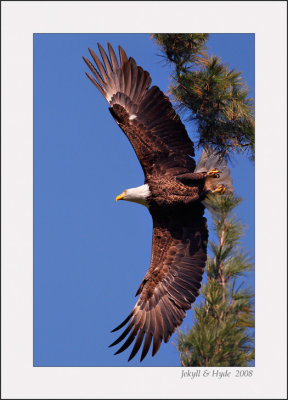fastHID
Leading Member
I'm interested in exploring some macro photography, and not sure how long I should go, looking for suggestions for the 70D
Follow along with the video below to see how to install our site as a web app on your home screen.
Note: This feature may not be available in some browsers.
IMO yes, unless in a studio. Bugs and butterflies are not to keen on you getting in close.so with crop sensor bodies always go to 100mm or more?
Agree.IMO yes, unless in a studio. Bugs and butterflies are not to keen on you getting in close.so with crop sensor bodies always go to 100mm or more?
Other thing to consider here is what you personally define as Macro Shots.Agree.IMO yes, unless in a studio. Bugs and butterflies are not to keen on you getting in close.so with crop sensor bodies always go to 100mm or more?
All depends on what you want to take closeup/macro shots of and how far you want/need to be from subjects.
The EF-S 60mm minimum focus distance is 7.8", need to remember the 7.8" distance between the subject and sensor surface (focal plane) NOT the distance between subject and front of lens.
Per the-digital-picture.com EF-S 60mm review the Minium Working Distance (MWD) with the 60mm is 3.5". Hence font of lens going to be really close to subject and will need lens mounted ring flash or off-camera flash for flash assisted lighting.
Getting the 100mm L lens isn't exactly settling! It is one of the best macro lenses made.i settled on the EF 100mm f/2.8L Macro IS USM
Getting the 100mm L lens isn't exactly settling! It is one of the best macro lenses made.i settled on the EF 100mm f/2.8L Macro IS USM

